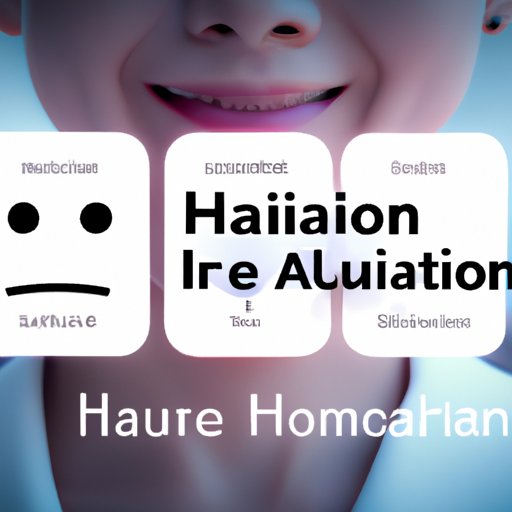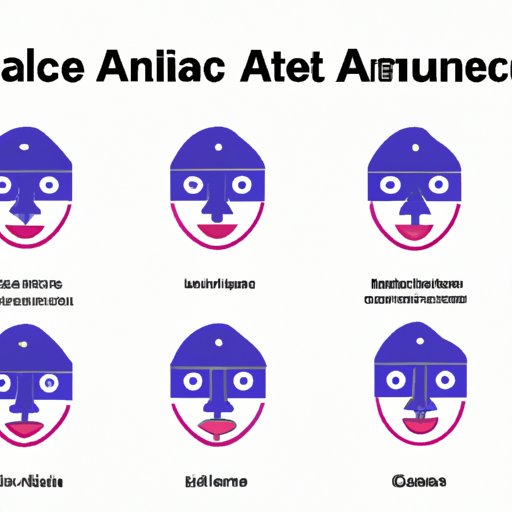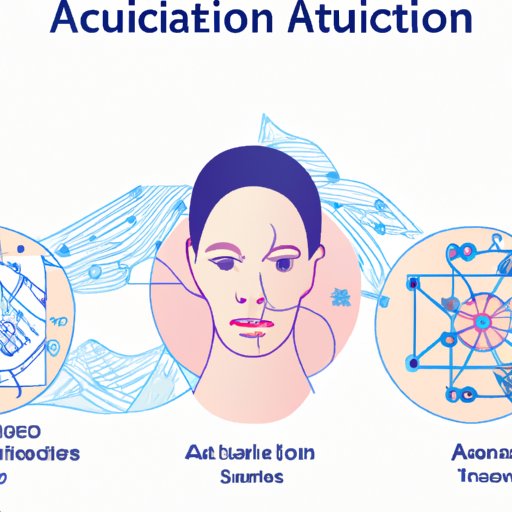Introduction
Artificial intelligence (AI) has been gaining ground in recent years, with its applications becoming increasingly widespread. From autonomous vehicles to voice assistants, AI technology has become a part of our daily lives. But one area that is often overlooked is the potential of AI in detecting human emotions. In this article, we will explore the role of AI in understanding human feelings, and investigate how it can help us better understand our emotions.
How AI is Revolutionizing Emotion Detection
AI-powered solutions for automated emotion detection have been gaining traction in recent years. With advances in deep learning and computer vision, AI-based emotion recognition systems are now able to detect and classify human emotions from facial expressions, body language, and even natural language. These systems are being used in a variety of applications, such as customer service chatbots, virtual reality, and self-driving cars.
But how accurate are these systems? Research studies have found that AI-powered emotion detection systems are capable of accurately identifying emotions with an accuracy of up to 90%. This is due to the fact that AI-based systems are able to recognize patterns in facial expressions and body language that humans may not be able to detect. For example, a study conducted by the University of Michigan found that an AI-powered system was able to detect subtle differences in facial expressions that were undetectable to human observers.
However, there are some challenges associated with training AI to detect emotion. One of the main issues is the lack of data available for training AI models. While there are datasets available for facial expression analysis, they are often limited in size and scope. Additionally, AI models need to be trained on data from different cultures and countries in order to achieve accurate results.

How AI Can Help in Understanding Human Emotion
AI can play an important role in understanding human emotion in two key areas: facial expression analysis and natural language processing. Let’s take a closer look at each of these.
Facial Expression Analysis
AI-powered solutions can be used to track facial expressions and identify emotions from them. By analyzing the movement of facial features, such as eyebrows, eyes, and lips, AI systems are able to detect changes in facial expressions that indicate certain emotions. For example, a study conducted by the University of Cambridge found that an AI-powered system was able to accurately distinguish between happiness and sadness with an accuracy of 87%.
Natural Language Processing
AI can also be used to analyze natural language and detect emotions from text. Natural language processing (NLP) techniques such as sentiment analysis and emotion recognition can be used to analyze text and detect emotions such as joy, anger, fear, and surprise. NLP-based emotion recognition systems are being used in various applications, such as customer service chatbots and social media monitoring.

AI and Its Role in Facial Expression Analysis
AI-powered solutions for facial expression analysis have many potential applications. For example, AI can be used to track facial expressions in real time, allowing for more accurate and timely emotion detection. AI can also be used to identify emotions from facial expressions, which can be useful in a variety of scenarios, such as customer service and security applications.
In addition, AI-powered facial expression analysis can be used to create personalized experiences. By tracking facial expressions, AI systems can tailor content and services to suit a person’s mood. For example, a retail store could use AI to detect a customer’s emotional state and offer products or services tailored to their needs.
Conclusion
AI has the potential to revolutionize emotion detection. AI-powered solutions for automated emotion detection are becoming increasingly accurate, and can be used in a variety of applications, such as customer service chatbots and facial expression analysis. While there are some challenges associated with training AI to detect emotion, such as the lack of data available for training, the potential benefits are clear. AI can help us better understand human emotion, and can be used to create personalized experiences based on a person’s emotional state.
In conclusion, AI has the potential to revolutionize emotion detection and understanding, and is already being used in a variety of applications. While there are some challenges associated with training AI to detect emotion, the potential benefits are clear. With further advances in AI technology, we can expect to see AI-powered emotion detection become increasingly commonplace in the near future.
(Note: Is this article not meeting your expectations? Do you have knowledge or insights to share? Unlock new opportunities and expand your reach by joining our authors team. Click Registration to join us and share your expertise with our readers.)
